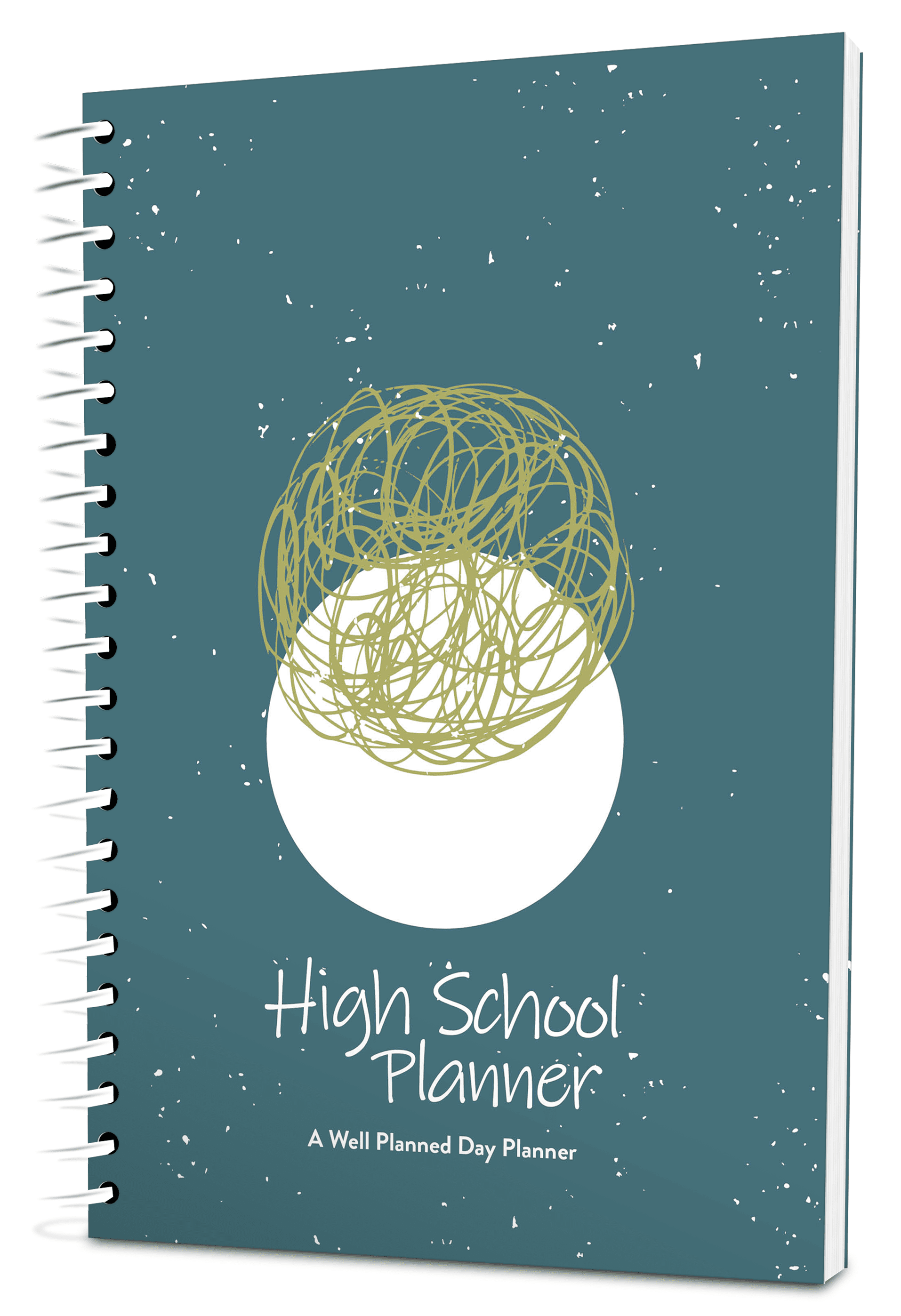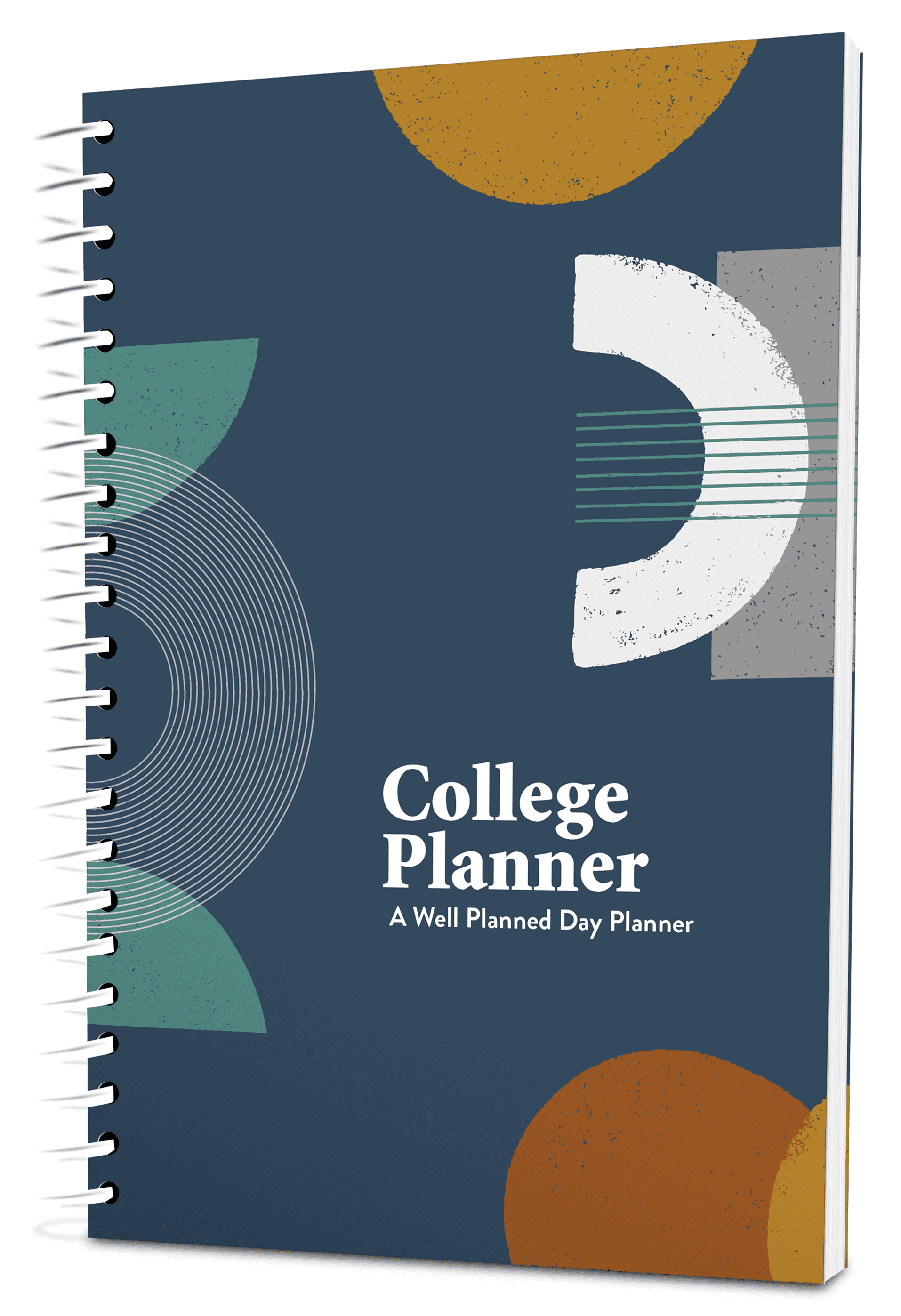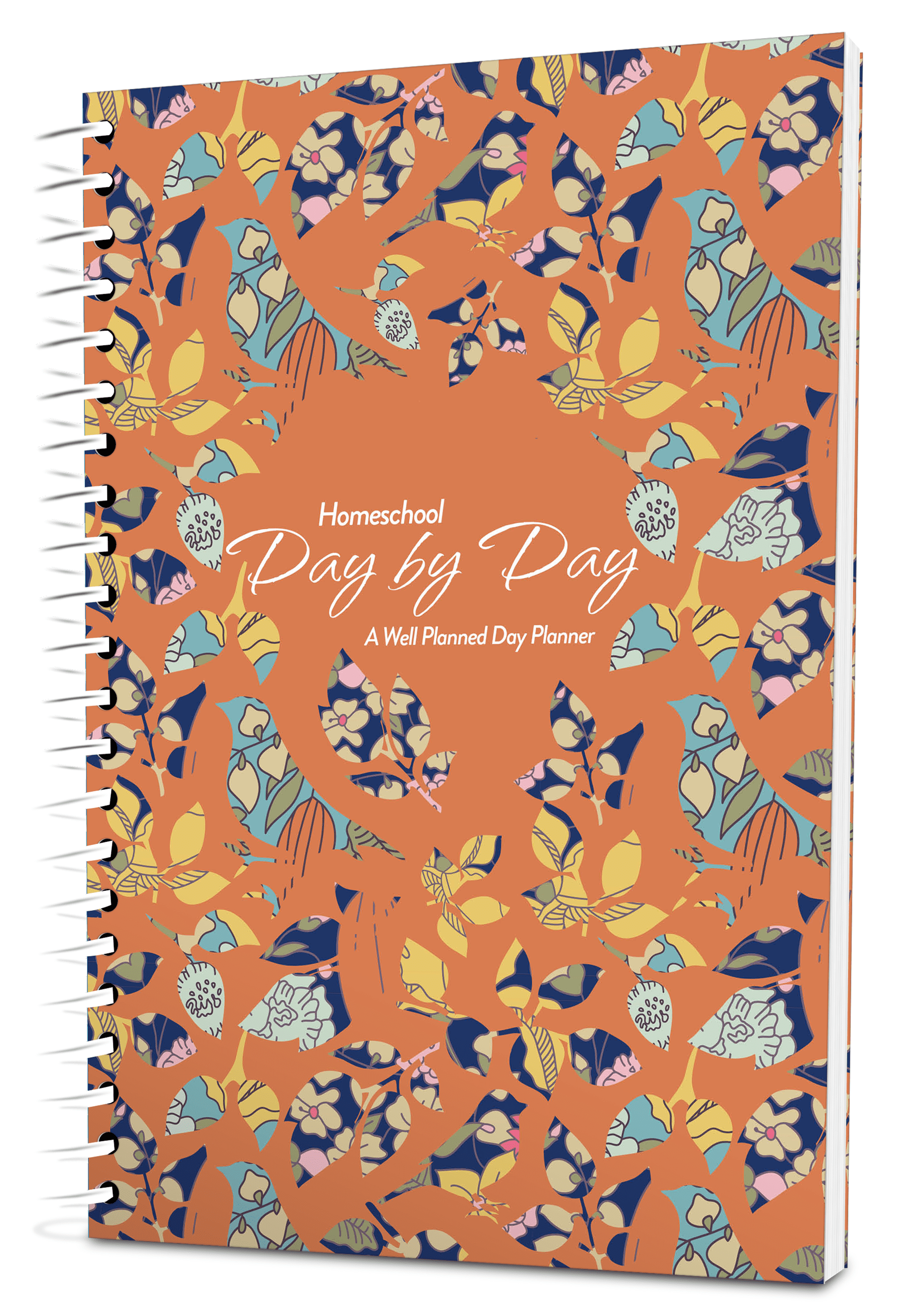No matter what region you live in, there are always times to enjoy fresh air. Perhaps you are in a climate like mine here in the Midwest where we thoroughly enjoy every week of nice weather before those first snowflakes begin to fall. Or maybe you live down south where you prefer to avoid the intense heat and humidity of the summer and get outside during the milder seasons. Unfortunately, in either situation schooling must be done even when the weather is nice. How can you keep up with schoolwork while still enjoying the beautiful weather while it lasts? Keep reading for ideas for incorporating fresh air into your schoolwork!
Class Outdoors
Take your classroom outdoors. Read aloud on the porch, let the kids do their independent reading in the hammock or tree house, do math at the picnic table. Or pack a lunch and a few school books and hike into a park for a change of location and some fresh air while still getting your studies done.
Messy Projects
Do the messy or smelly activities outdoors while you can. We use this time of year to do the messy art or science projects that I would rather not bring into my house. With teenagers in lab sciences, I have found that doing the dissections outdoors keeps the smell from permeating my kitchen for days!
Nature Study
Consider making the outdoors your classroom. Do nature study projects, such as studying leaves and fall flowers, or seeing what animals are doing to prepare for fall and winter. Make art projects using items you collect, or draw pictures in a sketchbook.
Experiments
Head to the creek, lake, or river and conduct science experiments on the water or silt.
Outdoor Observation
Spend some time observing, then write about your observations.
Tasty Field Trip
Visit an apple orchard. Learn about different types of apples, then use them to create yummy dishes when you get home.
Act it Out
Add drama by filming outdoor scenes from your favorite books or historical events.
Change of Pace
Change up your schedule. We make our school days shorter during fall and spring when the weather is nice and spend more time studying during the winter when it is often below zero. When the kids were younger, before our summers became full of ball games, we would often school in the heat of the summer to make time for fall and spring breaks.
Photography
Try a photography study. Have your children spend time practicing their photography skills outdoors. The light in the fall, as well as the falling leaves or fall decor, can make for some beautiful photos. Give your child a treasure-hunt style list and ask him to photograph all of the items on the list; or create a list of photo styles and ask him to take a photo in each one.
Bird Watching
Make several bird feeders and fill each one with a different type of food. See what birds each attracts and which are the most popular. Look up the birds in nature guides, using a sketchbook and colored pencils to draw them and record information. Or make a graph of the different types of birds that you see at each feeder.
Pumpkin Patch
Take a trip to a pumpkin patch. Pick out a few to bring home, then do pumpkin science experiments or math, such as measuring or counting seeds, on the patio.
Physical Education
Take advantage of the nice weather to add physical education to your curriculum. Go on walks or runs, or play badminton, tennis, or basketball.
Map Explorer
Study geography by creating maps of your yard, neighborhood, or town. Take a trip to see a variety of geographical features, then draw them in a notebook and add a label and definition.
Outdoor Home Ec
Incorporate home economics by having your child cook over a fire. Or do an outdoor project to get ready for winter, such as painting the trim or cleaning and organizing the yard.
Astronomy
Head outdoors at night and spend some time looking at the night sky. This can be a wonderful time to study astronomy and learn about the moon, stars, and planets you can see in the crisp fall air.
More Field Trips
Take a field trip. Visit a living history museum before it shuts down for the season. Head to a farm to see how harvest takes place. Check out a mill or other outdoor-based factory. Check out the zoo in the fall.
Language Practice
Practice foreign language vocabulary by identifying and naming outdoor items in the target language. If you are further along in your studies, attempt conversations about what you see and experience outdoors.
Hopefully these ideas have inspired you to make the most of the first and last few days of good weather each year, while still getting those important school hours in! I know I can’t wait to head outdoors and spend some time studying in nature with my teens.













